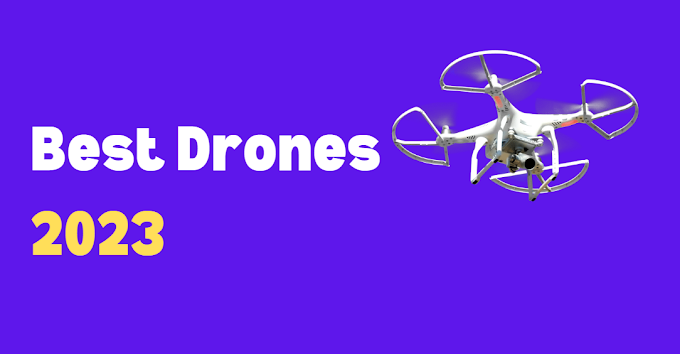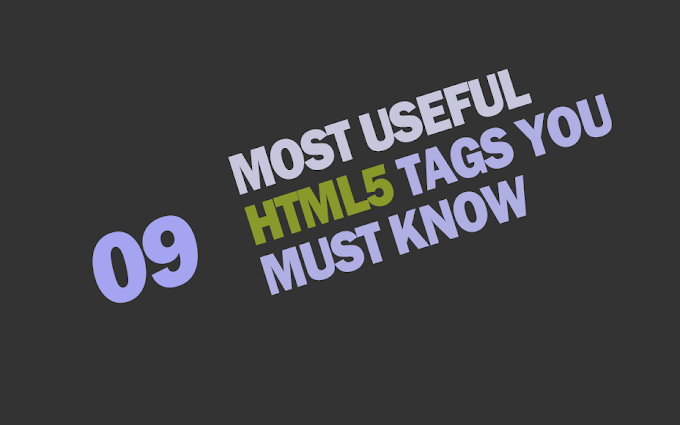Are you new to web development and wondering where to start? HTML, or HyperText Markup Language, is the backbone of the web. Learning how to code in HTML is your first step toward becoming a web developer. In this beginner's guide, we'll introduce you to the world of HTML and help you get started on your coding journey.
What Is HTML?
HTML is a markup language used for creating the structure and content of web pages. It uses tags to define elements on a web page, such as headings, paragraphs, links, and images. These tags are enclosed in angle brackets (< >) and provide instructions to web browsers on how to display the content.
Setting Up Your Development Environment
Before you can start coding in HTML, you'll need a text editor and a web browser. Here are some popular choices:
Text Editors:
- Notepad (Windows)
- Visual Studio Code
- Sublime Text
- Web Browsers:
- Google Chrome
- Mozilla Firefox
- Microsoft Edge
- Once you have a text editor and a web browser, you're ready to start coding!
Creating Your First HTML Document
Let's create a simple HTML document to get you started. Follow these steps:
1 Open your text editor.
2 Create a new file and save it with the ".html" extension. For example, "index.html."
3 In your new HTML file, type the following:
1 Save the file.
2 Open the file in your web browser.
Congratulations! You've just created your first HTML webpage. Let's break down what you did:
- <!DOCTYPE html>: This declaration tells the browser that this is an HTML5 document.
- <html>: This is the root element that encloses all other HTML elements.
- <head>: This section contains meta-information about the document, such as the title.
- <title>: The title of your webpage, which appears in the browser's tab or window.
- <body>: This is where the visible content of your webpage goes.
- <h1> and <p>: These are HTML tags for headings and paragraphs, respectively.
Next Steps
Now that you've created your first HTML page, you can explore further. Start adding more content, learn about different HTML tags, and experiment with formatting. There are many online tutorials and resources available to help you dive deeper into HTML and web development.
Remember, practice is key to mastering HTML. The more you code, the more comfortable you'll become. Stay curious and keep building!
Conclusion
In this beginner's guide, you've taken your first steps into the exciting world of HTML coding. You've learned what HTML is, set up your development environment, and created your very own HTML webpage. With determination and practice, you'll be well on your way to becoming a skilled web developer.
Stay tuned for more tutorials and tips on HTML coding as you continue your coding journey. Happy coding!





![[Cupons] Paid udemy courses for free](https://blogger.googleusercontent.com/img/b/R29vZ2xl/AVvXsEgYa-f_8UEE95d9stpdRzq6_DUq19avn09M2CVWIuQGI_PwaZBMcNhuHmPZQsw81GMeWwUY2Q-Cr66RoAmMq1f_pok6pdv-W86qc9_wWSxqXEq_RHYyRY0Ldly_yi2DSfyed4Cxiks6Nbzp/w680/Paid+udemy+courses+for+free.png)






0 Comments
If you have any question please ask?